Home Builder: Your Guide to Seamless Construction Journey
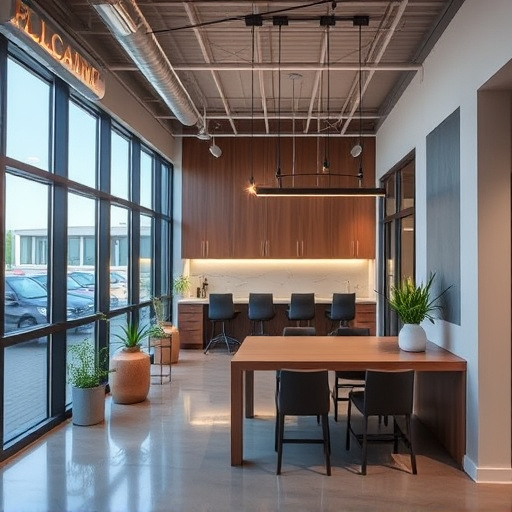
Engaging a reputable home builder is crucial for turning dream homes into reality. They offer expert…….
Welcome to an in-depth exploration of the world of home building, a vital sector that transforms empty spaces into functional, comfortable homes. This article aims to guide readers through the intricate process, highlighting its significance, global reach, and the myriad factors that contribute to its success or challenges. From defining the core components of home building to analyzing its economic impact and embracing technological advancements, we will uncover the multifaceted nature of this industry. Prepare to delve into a comprehensive journey, where each section builds upon the last, providing a holistic understanding of home builder.
At its essence, a home builder is a professional or organization responsible for constructing residential buildings, from initial planning to final completion. This process involves multiple stages, including site preparation, architectural design, structural framework, interior finishing, and quality assurance. Home builders play a pivotal role in turning architectural blueprints into tangible homes that cater to individuals’ and families’ living needs.
Home building has evolved significantly over centuries, reflecting societal changes and technological advancements. From ancient stone structures to modern prefabricated homes, the industry has adapted to meet growing demands. The Industrial Revolution introduced mass production techniques, while recent times have seen a rise in sustainable and smart home technologies.
Home building practices vary across regions, shaped by cultural preferences, climate, and local resources. For instance, traditional timber-framed homes are prevalent in Northern Europe, while the Americas favor concrete and steel structures. Asia showcases a diverse range, from traditional timber houses to modern high-rise residential buildings. Global trends, however, are increasingly focused on sustainability, smart homes, and affordable housing solutions.
The global home building market is influenced by various factors, including economic growth, interest rates, government policies, and demographic changes. According to a 2022 report by Grand View Research, the global residential construction market size was valued at USD 7.5 trillion in 2021 and is projected to expand at a CAGR of 4.6% from 2022 to 2030. This growth is driven by rising urbanization, improving purchasing power, and government initiatives promoting affordable housing.
The future of home building lies in the seamless integration of these technologies, offering personalized, efficient, and sustainable homes. As VR/AR becomes more accessible, clients will have immersive experiences during design stages. IoT will further connect homes, enabling smart environments that adapt to inhabitants’ needs. 3D printing may eventually print entire structures, revolutionizing construction and reducing environmental impact.
Policies and regulations play a crucial role in shaping the home building industry:
In a densely populated Asian city, a home builder embarked on a mission to create sustainable housing for low-income families. They designed and constructed an eco-friendly village with energy-efficient homes, solar panels, and rainwater harvesting systems. The project involved local communities, providing training and employment opportunities. The result was a thriving, affordable neighborhood that reduced the city’s carbon footprint and improved living standards.
A leading North American home builder partnered with tech giants to integrate advanced smart home technologies into their developments. They offered customizable automation systems, voice-controlled devices, and energy-efficient appliances as standard features. This innovation attracted tech-savvy buyers and generated significant interest in the market. The project demonstrated how technology can enhance home building, making it more appealing and functional.
An old industrial site in a European city was transformed into a vibrant residential community by a local home builder. They preserved historic architecture while adding modern amenities, creating a unique blend of old and new. The project attracted young professionals and families seeking an urban lifestyle, revitalizing the area and fostering a sense of community.
The home building industry is a dynamic sector that plays a critical role in shaping societies and enhancing lives through the provision of safe, comfortable homes. From its intricate components to global trends, this article has provided a comprehensive overview, highlighting the industry’s significance and potential. By embracing technological advancements, sustainable practices, and innovative construction methods, home builders can navigate challenges and capitalize on emerging opportunities.
As we look ahead, the future of home building promises exciting possibilities, from smart homes that adapt to our needs to sustainable developments that minimize environmental impact. The industry’s ability to innovate, address housing affordability, and meet evolving consumer demands will be key to its success in the coming years.
Q: What are the main challenges facing home builders today?
A: Today’s home builders face challenges such as labor shortages, material price volatility, site acquisition difficulties, regulatory burdens, and weather-related delays. These issues can impact project timelines and profitability.
Q: How does technology improve home building processes?
A: Technology enhances home building through BIM for efficient design and construction, VR/AR for client visualization and training, IoT for smart home integration, and 3D printing for potential construction speedups. These innovations streamline projects and offer new design possibilities.
Q: What are some affordable housing solutions being explored?
A: Affordable housing solutions include public-private partnerships, cost-effective design models, community engagement initiatives, and the adoption of modular and prefabricated construction techniques to reduce building costs.
Q: How can home builders ensure quality control?
A: Home builders can maintain quality by implementing strict quality control measures, regular training programs for staff, utilizing customer feedback systems, and adopting industry standards and certifications.
Q: What is the future of sustainable home building?
A: The future of sustainable home building involves net-zero energy homes, green building materials, renewable energy integration, and water conservation practices. Embracing these strategies will contribute to a greener construction sector.

Engaging a reputable home builder is crucial for turning dream homes into reality. They offer expert…….
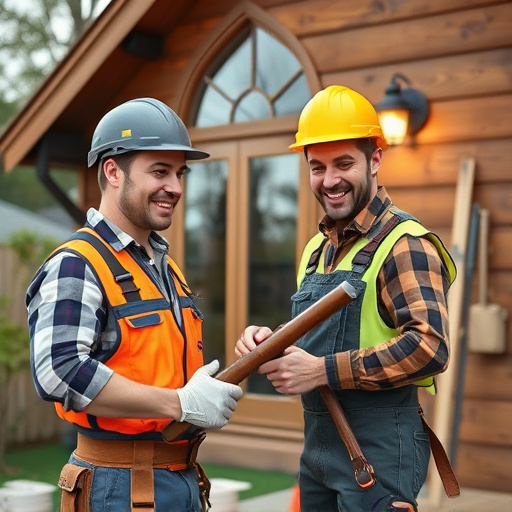
This top-tier home builder distinguishes themselves through their artistic modern design and versati…….
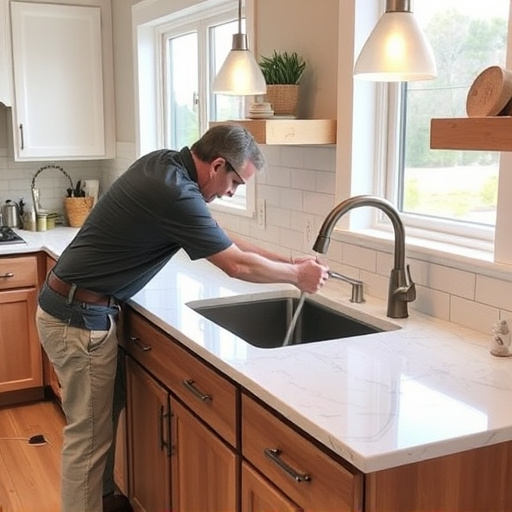
Effective communication and transparency are key when collaborating with a home builder. Top builder…….
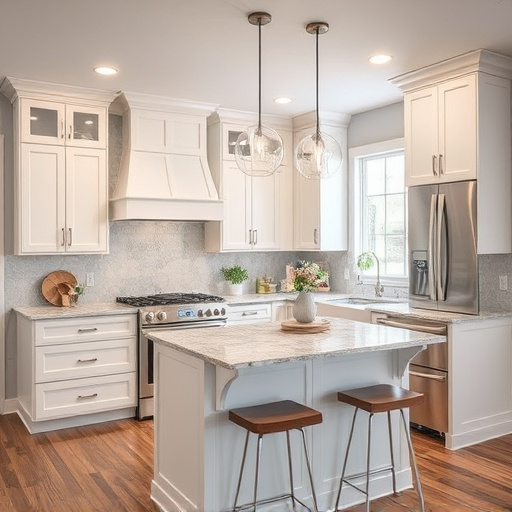
Selecting a home builder requires thorough research prioritizing management skills, client integrity…….
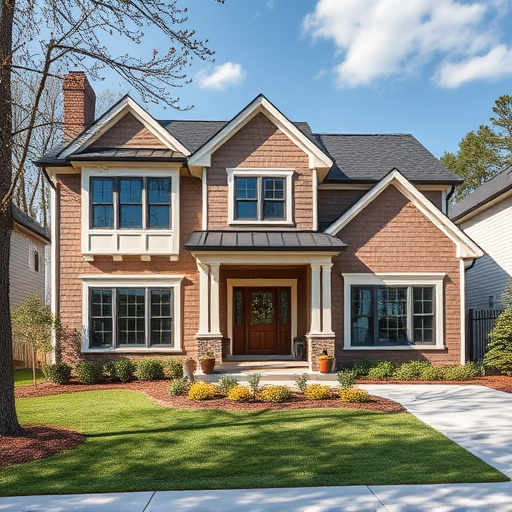
Selecting a professional home builder is crucial for creating a smart home, ensuring seamless integr…….
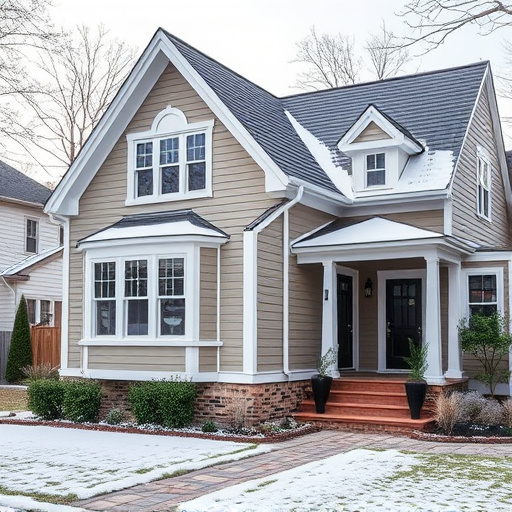
Effective communication is crucial for successful home building projects, fostering trust and alignm…….
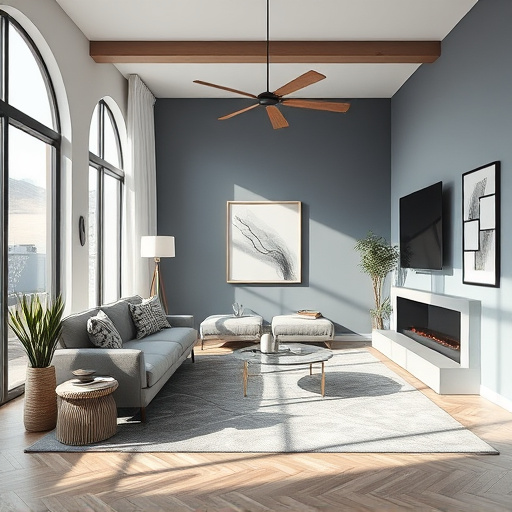
Effective communication and financial transparency are key differentiators between average and excep…….
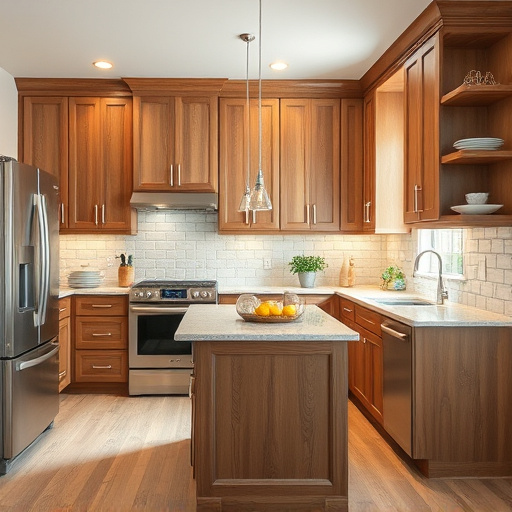
Choosing an experienced home builder is crucial for turning dream homes into reality. Look for profe…….
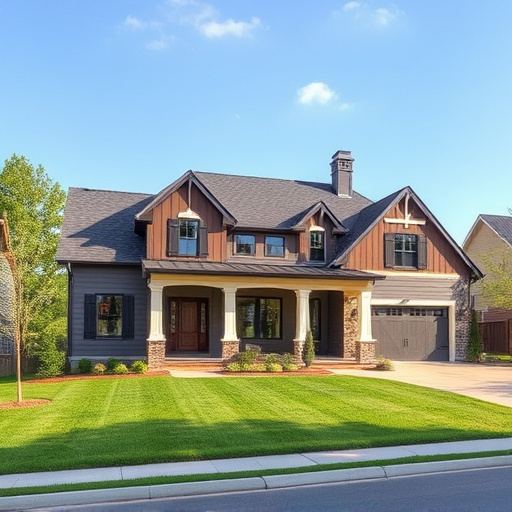
Working with a trusted home builder is key to creating a custom kitchen that blends design and funct…….
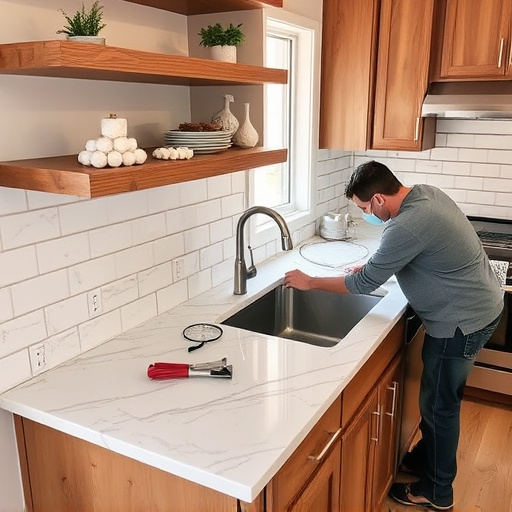
Transparency and clear communication are key traits of exceptional home builders, fostering trust an…….